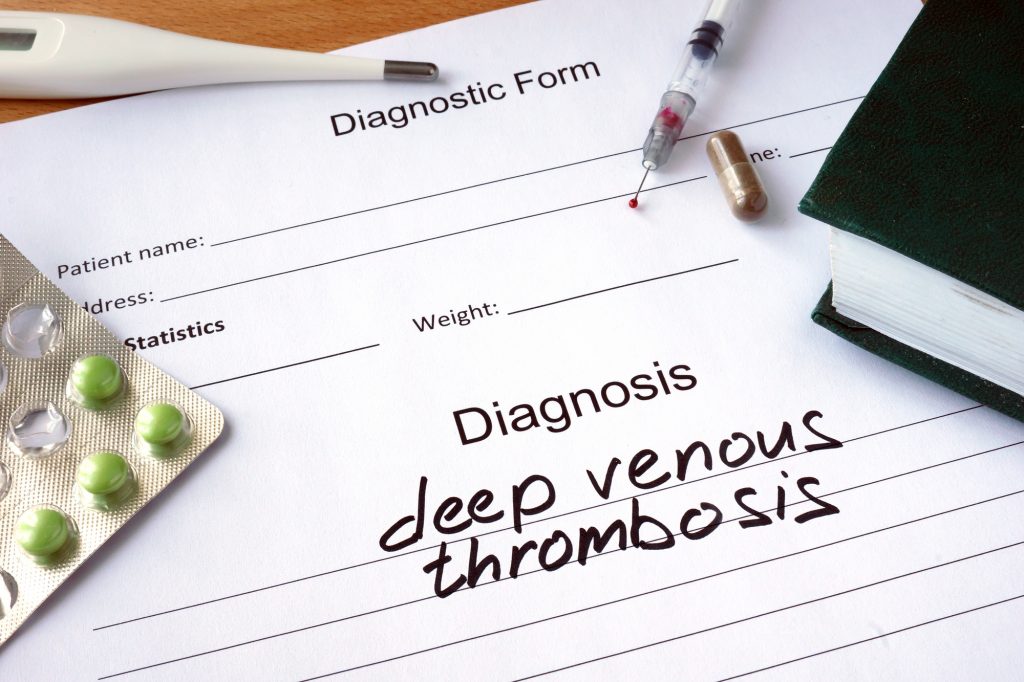DVT Prevention: Learn How to Reduce Your Risk of Deep Vein Thrombosis
The thought of having Deep Vein Thrombosis, also known as DVT, sounds scary. If you’ve been told you’re at risk, you can face health problems that can be potentially fatal.
So how do you utilize DVT prevention to keep yourself safe? It’s not as complicated as you imagine if you follow a healthy lifestyle and know what things to avoid, that can cause problems with DVT.
Learn more about how to recognize this issue, and what kind of lifestyle to adapt to for a happy and healthy life while keeping DVT in check.
Understand What The Signs Are of DVT
Deep vein thrombosis, aka DVT, has many symptoms that make you aware of its presence. It’s important to know not only what these symptoms are, but what activities bring them about.
If you sit for a long time without moving around, this can increase the likelihood you’ll get DVT.
Other signs that point to DVT include:
- Your veins feel warm or tender
- Swelling that can be accompanied by pain
- Skin that is red or even blueish
If you notice any of these signs by themselves or a combination of several, speak to your doctor. If you haven’t gotten diagnosed with DVT, this could serve as a sign.
Now that you know the signs, let’s see what to do to stop DVT from worsening.
If You Smoke, It’s Time to Stop
Smoking causes all kinds of problems for your health in general, even if you don’t have DVT. It increases your chance of heart problems, lung cancer, and strokes.
Besides leaving a strong, unpleasant smell behind and being a costly habit that increases over the years, it can worsen your DVT and lead to death if you don’t stop.
Thankfully, getting help now is easier thanks to aids such as:
- Nicotine patch systems
- Nicotine gum
- Support groups
If you’re unsure about the best way to get started, ask your doctor for advice. Any type of advancement made on quitting or cutting back benefits your overall health greatly and can help save your life.
Learn How Exercise Can Help With DVT Prevention
Exercise is important since you’re not supposed to sit for long periods of time with DVT. If you’re trying to lose weight to help with the prevention of DVT, it’s important to get started with an active lifestyle.
Developing healthy habits now means its easier to stick with them later on. If you’re also concerned about falling into activity and making DVT, this is a useful way to combat it.
Thankfully, you can do any type of exercise that interests you, as long as your doctor gives you the okay. This can range from working out in the gym, dancing, or enjoying the benefits of walking.
Consider your fitness goals and what you enjoy doing. Anything that keeps you moving without putting unneeded stress on your body is a good thing, but make sure to talk to your doctor first.
Make a Point to Check Blood Pressure
Checking blood pressure might make you feel a little scared at first. What if it’s too high?
A yearly blood pressure check with your doctor lets you both know where you stand and can answer a lot of questions you have about your current state of well-being.
If it makes you feel better, you can check your blood pressure at home, too. While doing so manually is always an option, there are machines that can make it easier to read, taking away some of the confusion with it comes to doing it by yourself.
By having your blood pressure looked at and reviewed, you can find out if it’s too high, and discuss it with your doctor to avoid further problems.
Start Drinking Water For DVT Prevention
Drinking water is important for everyone’s health. Besides, getting dehydrated is no fun, and can cause additional problems, such as constipation.
Drinking water over high-calorie drinks helps you keep your weight down, and ensure that your blood doesn’t thicken as a result from getting dehydrated. Once your body goes into dehydration, you’ll become at risk for blood clots, which can be deadly.
Rather than take chances, make a point to carry water around. Ensure you drink a lot, particularly when working out.
Talk To Your Doctor About Your Medications
Although it’s likely your doctor already knows what medication you’re on, this point becomes even more important when you’re dealing with issues related to DVT. Certain medications, such as birth control, put you at added risk of getting a blood clot.
Communication with any doctor or specialist you have is essential, especially when you change providers. If you’re on certain medications and get diagnosed with DVT, let your doctor know, and find out if there are alternatives to take or if you need to forgo them altogether.
Remember to check and be extra safe, even if you use an online pharmacy. It’s important not to mix certain medications if they can interfere with your DVT.
Your doctor can also suggest medications that handle DVT. It’s worth doing research on the options available before your next doctor’s visit so you can decide if a medication like Xarelto can help. Discover more and see if it can change your life for the better.
Learn More About Deep Vein Thrombosis
If you’ve gotten diagnosed with DVT, it’s understandable to feel scared and unsure of how to manage your new condition. By talking with your doctor and learning the best methods for DVT prevention, you can gain confidence in keeping DVT under control.
With simple lifestyle changes such as moving more and quitting bad habits like smoking, it’s easy enough to take back your life.
If you’re interested in other ways to incorporate a healthy lifestyle into your daily plan, we can help. Check out our articles on health and fitness and see where you can start making changes today.

